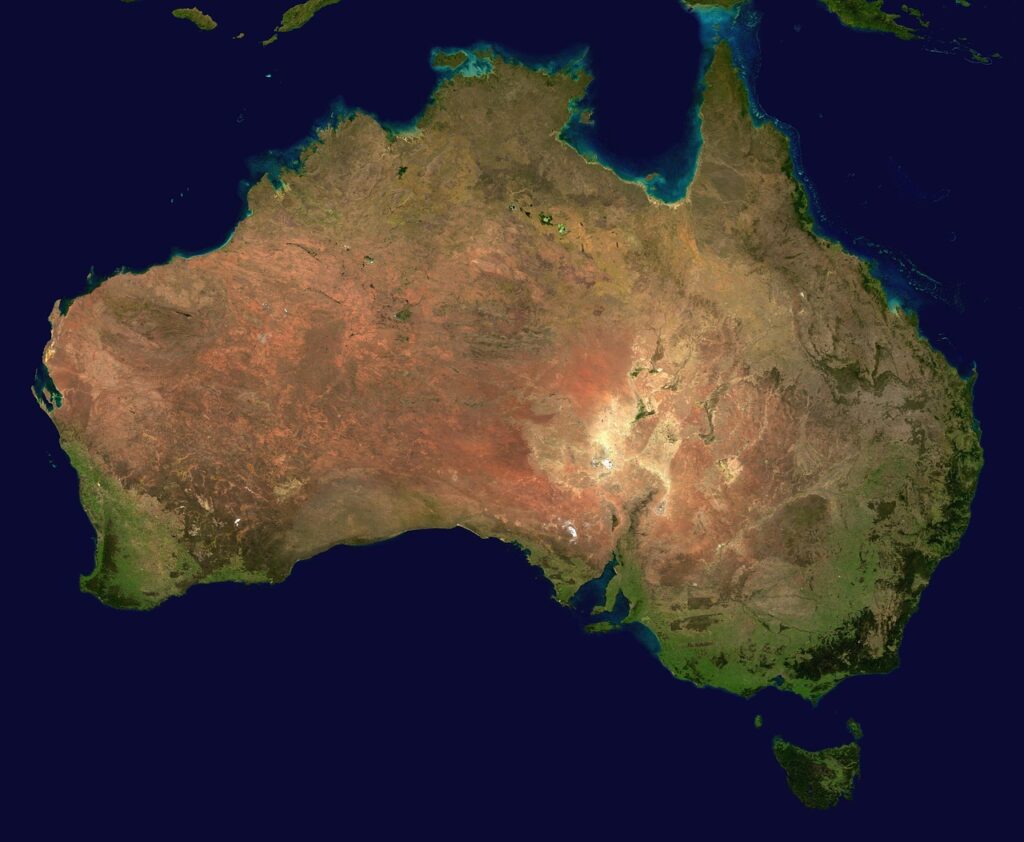Australia’s recent announcement of new investments in hydrogen production signifies a significant step towards transitioning to a net-zero power system.
Despite the planet producing approximately 90 million tons of hydrogen annually, the majority of it is derived from fossil fuels, which is considered the least desirable form of hydrogen. Green hydrogen production, utilizing renewable energy sources for electrolysis, offers a more sustainable alternative but requires substantial investments across the production and implementation process.
Part of the budget for 2024-2025, supplemented by the Australian Renewable Energy Agency (ARENA), will be dedicated to incentivizing hydrogen production. The proposed incentive involves offering $2 USD for each kilogram of hydrogen produced between 2027 and 2040. This initiative aims to stimulate investment in green hydrogen infrastructure and drive down production costs, making it more competitive in the energy market.
In addition to hydrogen production incentives, ARENA announced a $1.7 billion USD funding for an innovation-focused project aimed at advancing climate technologies. This project encompasses various areas, including green metals, batteries, and low-carbon liquid fuels. By investing in these technologies, Australia aims to bolster its clean energy ecosystem and foster economic resilience and diversification.
Australia’s investment plan represents a proactive approach towards building a sustainable and resilient economy powered by clean energy. Treasurer Jim Chalmers emphasized the plan’s role in creating secure, well-paid jobs and attracting private sector investment. However, several challenges and considerations must be addressed to ensure the plan’s effectiveness and alignment with industry benchmarks.





